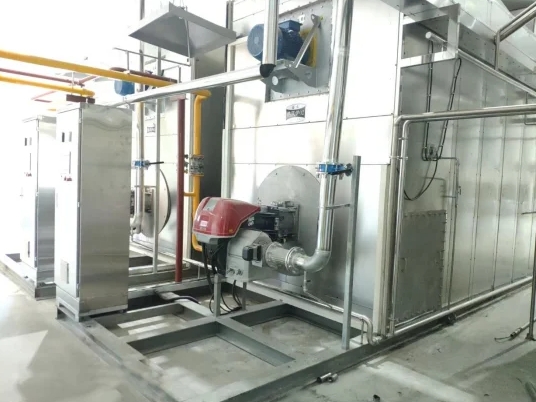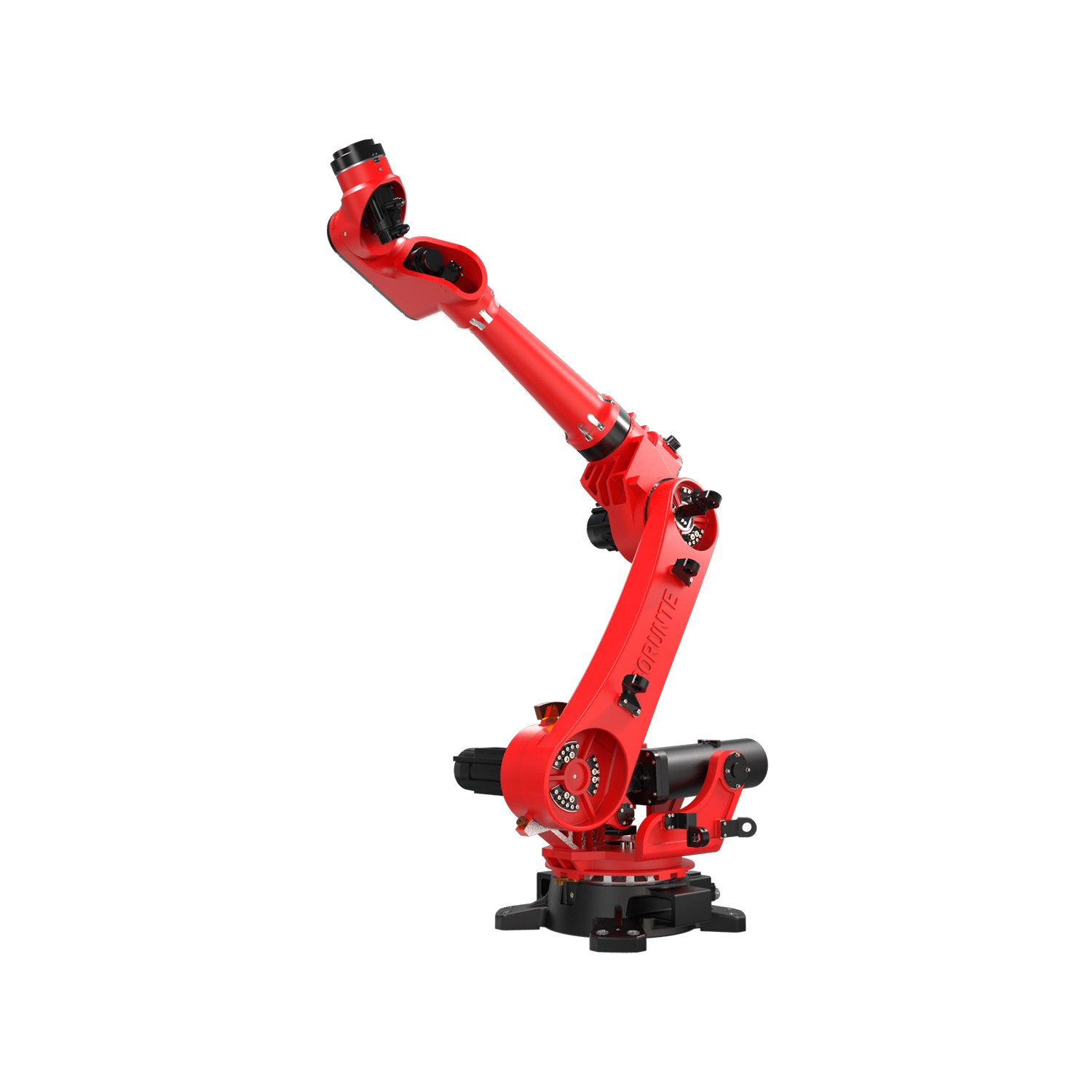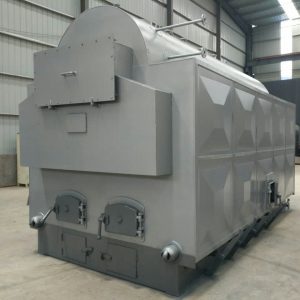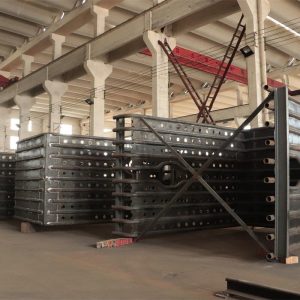Description
https://www.boqini-heatrecovery.com/Hot-Air-Drying-Equipment.html
Due to their high efficiency, safety, and environmentally friendly characteristics, indirect hot blast stoves are extensively utilized in various applications that require precise air temperature control, including industrial production lines, storage facilities, and HVAC systems in large buildings. Their development and optimization have not only advanced the technology of hot blast stoves but also made significant contributions to energy conservation, emission reduction, and environmental protection.

Structurally, an indirect hot blast stove typically comprises a combustion chamber, heat exchanger, fan, and control system. The combustion chamber facilitates fuel combustion to generate high-temperature flue gas. The heat exchanger serves as the core component for heat transfer; it conducts the thermal energy produced during combustion to the air through metal conduction. The fan is responsible for delivering heated air to designated areas where it is required. Meanwhile, the control system regulates both temperature and airflow throughout the heating process to ensure stability and efficiency within the system.
In comparison with direct hot blast stoves, indirect hot blast stoves offer distinct advantages in terms of thermal efficiency and environmental management. Since flue gas does not come into direct contact with air, this design mitigates air pollution caused by harmful gases and particulates generated during combustion—a critical consideration for industrial environments with stringent air quality standards. Furthermore, maintenance and cleaning of indirect hot blast stoves are relatively straightforward due to their structural design that effectively separates flue gas from heated air.





Reviews
There are no reviews yet.